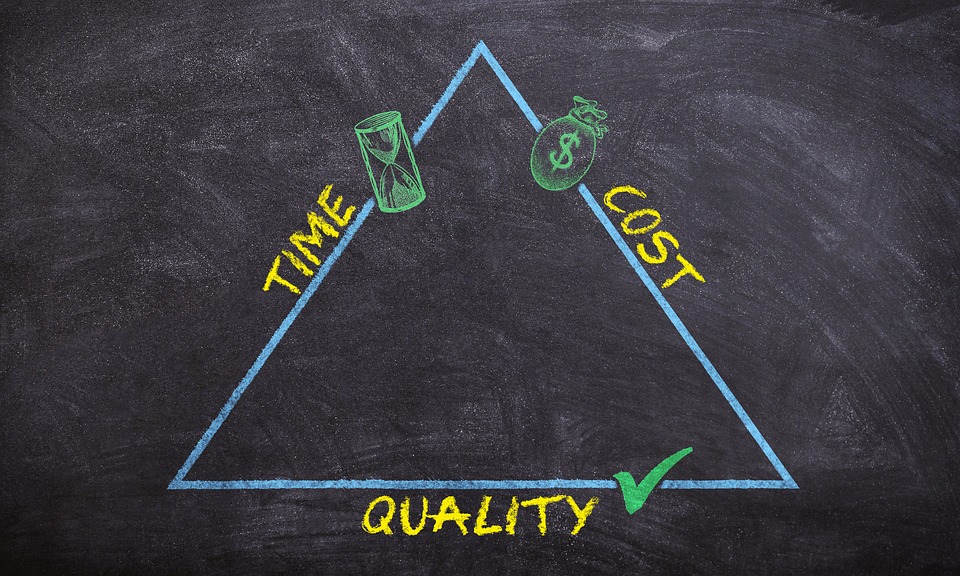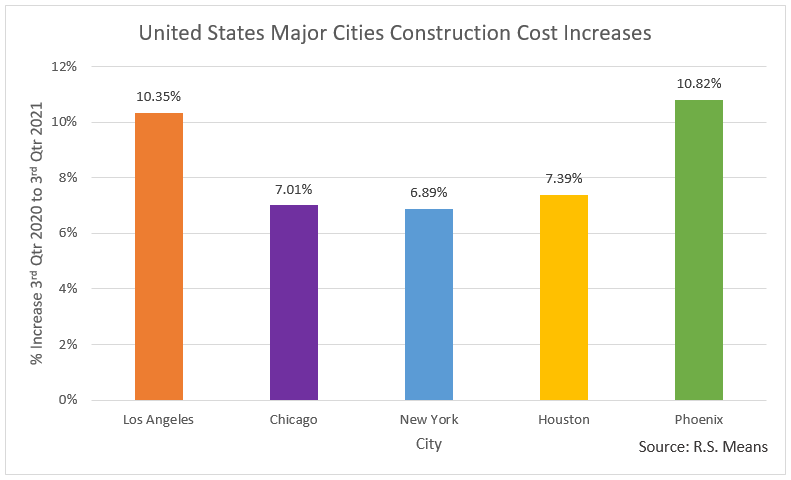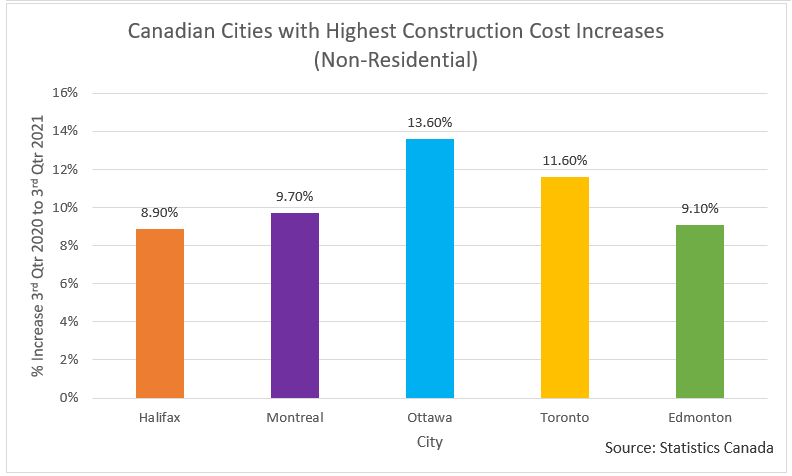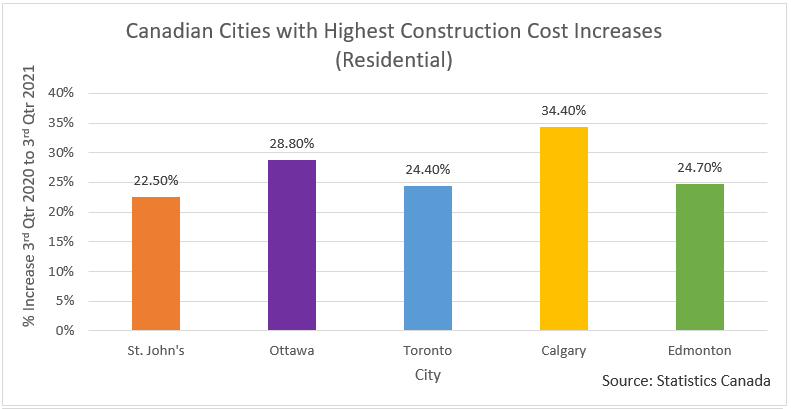Lets Look at “Desktop” Appraisals as an Option for Service
What is a “desktop” appraisal?
A “desktop” appraisal is a qualified appraisal performed without a physical inspection of the subject property. Information on the property may be provided by the client to an appraiser, obtained by an appraiser from a previous appraisal or public sources, or a combination of both.
What to know about a “desktop” appraisal?
Regardless of the source of information, the reporting is going to have a clear qualifying statement that no physical inspection has occurred at the effective date and the appraiser has relied on information believed to be true. The appraiser will look to verify any information from applicable sources regarding the property however; reliance on third party information will certainly occur and be clearly stated in the report in the form of an Extraordinary Assumption, Hypothetical Condition, and an Extraordinary Limiting Condition.
What considerations should be examined to validate the applicability of a “desktop” appraisal?
One of the first considerations prior to arranging a “desktop” appraisal would be the use of the report. While you may be the client of record, clients often have third parties that would rely on the reporting for a variety of uses such as asset based financing or insurance placement. It is imperative that you confirm with all additional users to ensure a qualified report without inspection would be sufficient for the intended use.
The second consideration one needs to make is to ensure that the required information can be gathered completely and accurately and provided to the appraiser. When completing a “desktop” appraisal an appraiser will have a significantly larger data request regarding the specified property, as the appraiser is not physically inspecting the assets themselves. The client would be responsible to be the “eyes” of the appraiser meaning someone on site will need to gather information such as plans, specifications, photographs, etc. of the subject property.
When does a “desktop” appraisal fit?
The often misnomer around “desktop” appraisals is that it is a cheaper appraisal option. If the reason you are considering a “desktop” appraisal were to save cost, we would recommend reconsidering. A “desktop” appraisal may save the time associated with the inspection process; however, that time is typically entirely offset in coordinating data collection and reviewing and verifying the information to complete the reporting. Often the professional fees associated with a “desktop” appraisal can be identical to a full appraisal unless very good asset records and property information already exists. Where assets are remote in nature, the “desktop” option does assist with cost savings involved with travel and disbursements.
Some areas where a “desktop” appraisal may be a good fit would be as follows:
- Assets that have been previously (and recently) inspected/appraised and an update is required;
- Assets whose location are significantly remote or significantly spread out, however the assets are similar in nature or scope;
- Assets where access simply cannot be provided due to restrictions for entry;
- Farmland during the winter when the subject property (eg. the land) is buried in snow and thus is hidden from sight.
Closing
A “desktop” appraisal is a useful tool an appraiser has to complete a appraisal for a client with unique circumstances around access to their assets. If you are considering if a “desktop” appraisal will work for your current appraisal needs, you should consider all users of the reporting (you don’t want to go back after the appraisal because your user will not accept the reporting), as well as your ability to provide the appraiser all relevant information on the property. When the circumstances as well as the use aligns, a “desktop” appraisal may be the right appraisal fit for you or your client’s needs.










